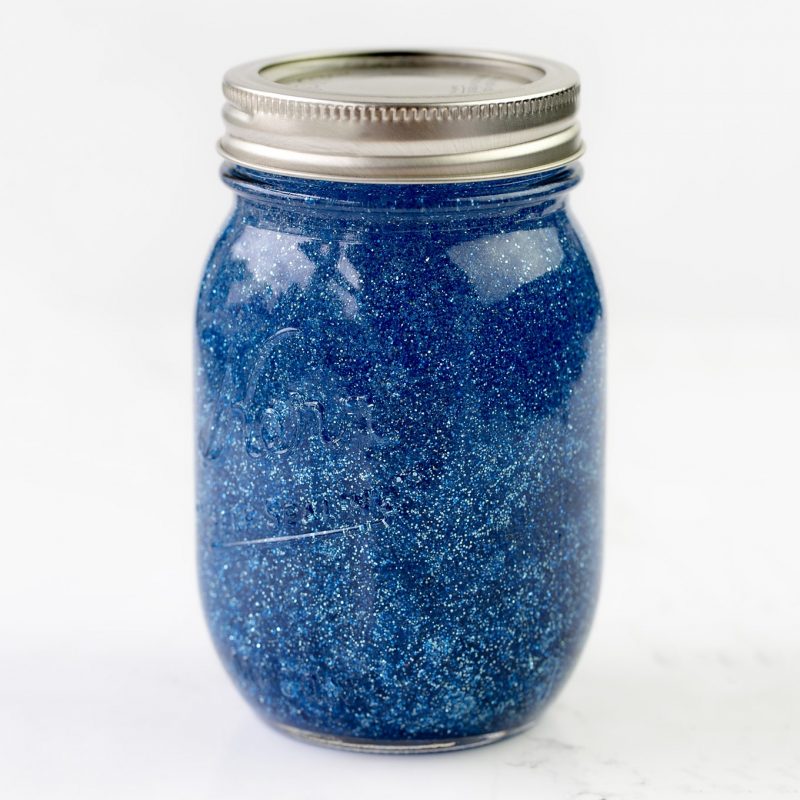By Lauren Budman, For The Signal
Humans are social creatures, and isolation can be challenging, even leading to poor mental health outcomes.
So it’s important to stay connected with others as much as possible during this time by way of video chatting, phone calls or, at the very least, text messages.
And the same goes for kids.
If you have little ones at home, try to set up “virtual play dates” with the friends they’re missing from school or daycare via FaceTime or Zoom, if possible.
And while it’s important to maintain as much social normalcy as possible for people of all ages, the changes in their schedules can be disruptive to their routines, and tough to adjust to at first.
With schools and childcare centers closed throughout the SCV, many parents and guardians find themselves at home with restless little ones complaining of boredom.
Along those lines, there are a number of activities that can be done around the house, which will also help ease anxiety and promote fun interactions for the family.
In fact, a number of crafty possibilities and fun activities are there for your kids using everyday household items. (That means for most of these easy projects, you won’t even have to brave the crowds to get supplies!)
Whether you’re working from home with kids running around or simply trying to pry them away from screen time, here are a few ideas to keep things fun while staying safely at home in the SCV:
The Calming Jar
As anxious as adults may feel over being confined to their homes, many children also feel anxiety and stress during this time. This is a craft that is fun to make, but can also be used to soothe an anxious or restless child.
Grab a mason jar and fill it three-quarters of the way with water.
Have your child add different types of glitter, lots of beads, confetti, and a little food dye, and seal the jar.

When your child becomes anxious, ask them to give the jar a shake.
Have your child take a deep breath as they shake the jar and ask them to release it as the glitter, confetti and beads fall.
Ask your child the following questions:
What colors do you see?
What sounds do you hear?
What does it feel like to shake the jar?
Does watching the items fall make you feel calm?
Tip his exercise can help adults, too!
Rain Stick
Another fun idea is to make a rain stick with a Pringles can (an empty taped-up paper towel roll or water bottle also works); beads (alternative: beans or rice); and stickers or markers.
Wrap the Pringles® can with a piece of paper to decorate later. Have your child add beads inside and pop the lid on (or tape up one end of the paper towel roll and have your child add beads inside before taping up the other side).
Have kids decorate their rainstick and, voila! You have a rainstick.
Tip dd plenty of beads if you plan on tapping up a paper towel roll, as some will stick to the tape, dampening the effect.
You can also consider having them create an aquatic terrarium using an old mason jar (alternative: glass), tap water mixed with blue food coloring, a couple of plastic sea animals (whales, dolphins, etc.) and some rocks or sand from your yard. For extra fun, try adding glitter.
Dance Party
When all else fails, throw a dance party!
Pry them away from the screen by playing some music and letting some energy burn.
For extra fun, try playing “freeze dance,” by periodically stopping the music.
Whenever the music stops, the dancing stops and they stop their bodies in place as if they are frozen in time. Although you may feel tempted to keep them frozen and quiet for awhile, the fun starts when the music returns and the next pause is unexpected. Similar classic games such as “red light, green light” and “musical chairs” could be fun to bring into the life of a child used to playing games only on screens.

For the parents
Above all else, identifying self-care practices you can take part in at home is key.
Some ideas include taking bubble baths, working out to YouTube videos, cooking your favorite meal, binge watching Netflix, starting a thought journal or diary, organizing around the house or — my personal favorite — painting and crafting.
One evidence-based practice that’s been proven to help alleviate symptoms of anxiety and depression is “Mindfulness Meditation.”
The premise is to focus on the present without assigning value to thoughts and worries about the past or future.
This can be done by simply focusing on your breathing and paying attention to present sensations in your body, as well as sights you see and sounds you hear around you.
There are many guided meditations available online in both English and Spanish.
Many therapists are also using tele-health options for those who aren’t able, or don’t feel comfortable visiting the office of a doctor or counselor. However, you feel that you or a loved one might have life-threatening concerns or feelings, please dial 911 immediately.
Lauren Budman is a doctoral-level trainee psychotherapist and doctor of clinical psychology student. Visit BeTheDifferenceSCV.org for a list of local mental health resources.













